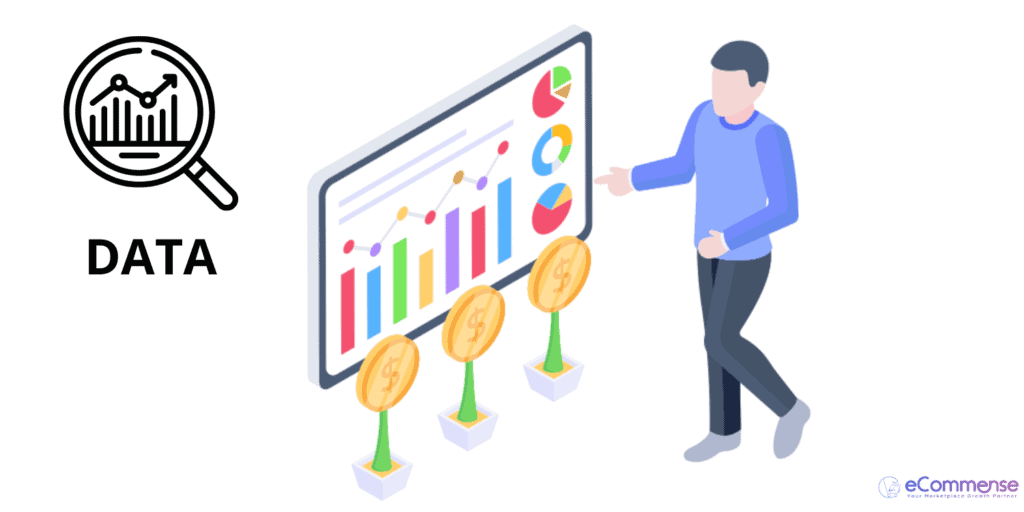
As high sales seasons approach, the e-Commerce industry prepares for a significant surge of consumer traffic and spending. For Amazon sellers, these times are golden opportunities to maximise conversions and profits. Amazon’s Prime Day on July 11th and 12th, 2023, kickstarts a series of prime shopping events. The momentum continues into Q4, with ‘Back to School’ sales, Black Friday, Christmas deals, and October’s early Prime sales offering numerous ways for businesses to thrive.
The effectiveness of your Pay-Per-Click (PPC) advertising can significantly influence your success during these high-profile sales events. Strategic PPC campaigns can set you apart in the vibrant marketplace, driving conversions when consumers are most willing to spend.
To assist you, I’ve compiled this guide, outlining eight fundamental steps to optimise your PPC ad performance. Regardless of your PPC advertising experience level, these tactics provide a roadmap to navigate the peak sales seasons effectively.
1. Build a Solid Foundation: Set-Up and Diversify Campaign Types
Having a solid set-up and a wide array of campaign types that align with your business objectives sets the stage for a successful PPC strategy. Each campaign type offers unique benefits, and utilising a mix can lead to comprehensive and fruitful outcomes.

2. Stay Relevant: Keep Up with Seasonal Keywords
Keywords are not always consistently popular. Some gain traction during specific seasons, holidays, or events. Regularly updating your keyword list to reflect these seasonal trends can significantly enhance your ad’s visibility and conversion rates.

3. Be Dynamic: Refine Your PPC Strategy and Allocate Budgets Wisely
Effective budget management is crucial in PPC optimisation. Monitor your campaigns’ performance, refine your strategy, and adjust budgets as needed. Reallocating funds from underperforming campaigns to those that show promise can significantly optimise your PPC performance.

4. Bid Smart: Boost Your Bids
Consider increasing your bids for keywords, products & placements that show combined high CTR and promising results. Higher bids can enhance ad visibility, leading to more clicks, more leads, and ultimately more conversions.

5. Set Clear Goals: Define Your Target ROAS
Comprehending your Advertising Cost of Sale (ACOS) and Return on Ad Spend (ROAS) can offer valuable insights into your PPC campaigns’ effectiveness. Define your target ROAS to align your PPC goals with your overall business objectives.

6. Leverage Insights: Harness Advertising Data
Data is your most valuable resource when optimising PPC campaigns. Insights into customer behaviour, demographics, interests, and ad KPI performance can drive informed decisions, refine your PPC strategy, and enhance campaign effectiveness. Always keep an eye on your KPIs and use historical data to help customise and define your campaigns set-up.

7. Build Synergy: Connect Sponsored Brand Campaigns to Brand Stores
Linking your sponsored brand campaigns (SBs) to your brand store can drive substantial traffic and increase visibility. This synergy can lead to higher click-through rates, help cross-sale your different range of products and ultimately,drive more sales and conversion.

8. Experiment and Adapt: Test Various Ad Creatives
PPC advertising calls for experimentation. Test different ad formats, headlines, descriptions, and call-to-actions to identify what resonates most with your audience. Remember, what works for one campaign might not for another. Keep testing and refining.

In conclusion, while PPC advertising can swiftly drive results, it demands careful planning, monitoring, and optimisation for sustained success. Following these steps will amplify your PPC ad performance and maximise ROAS during peak sales seasons.
If you require assistance with crafting the perfect PPC strategy for your brand, don’t hesitate to reach out. I’m here to help you every step of the way, ensuring your advertising efforts lead to the best possible results.
Happy advertising!
